1. The GEICO Gecko

This charismatic lizard, Martin, has become the de facto face of GEICO, often overshadowing the insurance giant’s core business in public memory. Introduced in 1999, the GEICO Gecko was originally created out of necessity to help people correctly pronounce the company name, which was often misread as “Geeko.” Voiced with a distinct Cockney or sometimes Scottish accent, the character’s witty personality, long-running commercial series, and memorable catchphrases have cemented his place as one of the most beloved and recognizable figures in American advertising. His enduring popularity is a testament to the power of a simple, relatable character to humanize a complex service like insurance.
2. The Pillsbury Doughboy

Affectionately named Poppin’ Fresh, the Pillsbury Doughboy has been an advertising star since his debut in 1965. His signature chef’s hat, scarf, and adorable giggle when poked on his belly make him instantly recognizable to generations of consumers. He was introduced to market Pillsbury’s refrigerated dough products, yet his fame has far surpassed the specific food items he promotes, making him a symbol of the entire brand. The Doughboy has starred in hundreds of commercials, appearing in various scenarios, and his image has been successfully used on a vast array of merchandise, establishing him as an independent cultural icon of warmth and home baking.
3. The Jolly Green Giant

The towering, verdant figure of the Jolly Green Giant has been promoting canned and frozen vegetables for over a century, first appearing in 1928. Despite the brand, Green Giant, being a leader in the vegetable industry, the Giant himself is often the first thing people recall when thinking of the company. His enormous size symbolizes the abundance and high quality of the harvest, and his deep, booming “Ho Ho Ho!” catchphrase is iconic. Initially a grumpy-looking character, he was quickly refined into the warm, friendly, and benevolent giant we know today, connecting the brand with a wholesome, nostalgic image of nature and freshness.
4. Colonel Sanders

The image of Colonel Harland Sanders, with his signature white suit, black ribbon tie, and goatee, is arguably more famous worldwide than the official name of the fast-food chain he founded, Kentucky Fried Chicken (KFC). Despite having passed away in 1980, the Colonel has been continuously revitalized as an advertising mascot, portrayed by various comedians and actors to keep the brand relevant. His real-life story of persistence and his secret blend of 11 herbs and spices are intertwined with the company’s identity, making him both a founder and an omnipresent figurehead. The Colonel represents the heritage and authenticity of the comfort food, transforming him into a true global symbol of fried chicken.
5. The Energizer Bunny
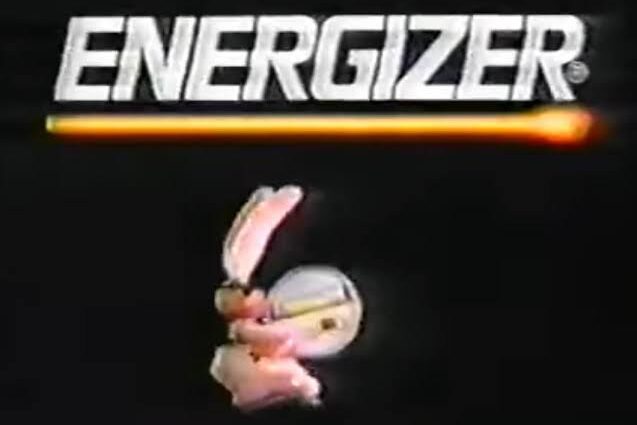
The Duracell Bunny, which first appeared in 1973 in Europe and Australia, gave birth to its more famous American cousin, the Energizer Bunny, in 1989. The campaign’s original intent was to show that Energizer batteries lasted longer than the competition, often featuring the pink, sunglass-wearing rabbit drumming his way through various scenarios, always “still going.” The phrase “The Energizer Bunny” quickly entered the popular lexicon as a metaphor for something that continues indefinitely. The character’s unstoppable nature and irreverent attitude in interrupting other faux-commercials made him a bigger star than the batteries themselves, proving that a persistent, memorable personality can drive enormous brand recognition.
6. Mr. Peanut
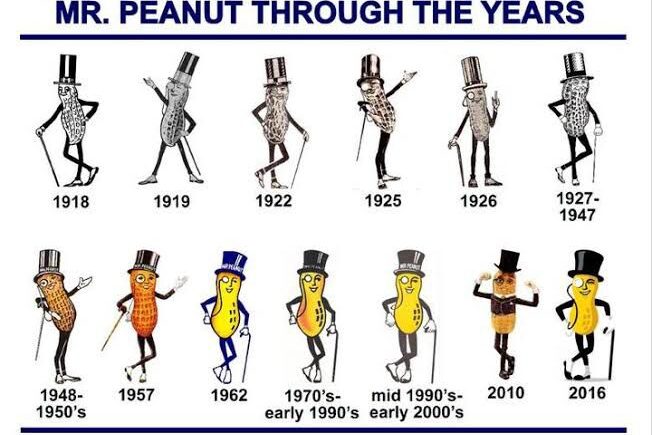
A true gentleman in the world of snacks, Mr. Peanut is the anthropomorphic legume mascot of the Planters brand, making his debut back in 1916. Dressed in a top hat, white gloves, and carrying a cane, his sophisticated appearance gives the simple peanut an air of refinement and quality. The mascot’s enduring presence for over a century makes him one of the oldest and most recognizable figures in advertising history. While Planters is a well-known nut and snack brand, Mr. Peanut’s classic look and consistent use across advertising and merchandise have given him an independent legacy, making him synonymous with the nut category as a whole.
7. Chester Cheetah
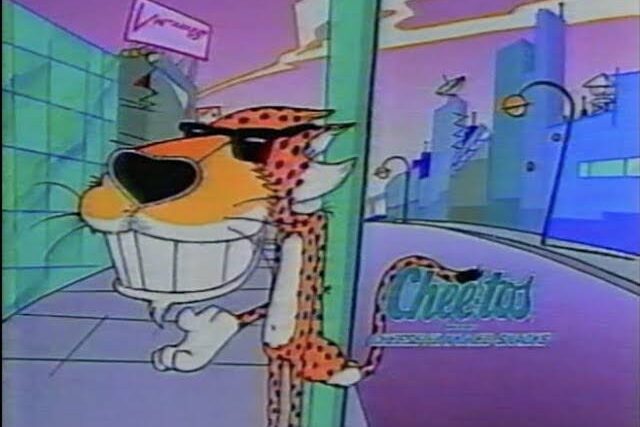
The smooth-talking, sunglass-wearing feline, Chester Cheetah, has been the face of Cheetos since the late 1980s. Known for his catchphrases like “It’s not easy being cheesy,” Chester embodies the mischievous and indulgent appeal of the cheesy snack. His cool demeanor and recurring attempts to snag a bag of Cheetos, often failing in comical ways, are far more memorable to many than the exact shape or flavor of the product. He represents the ultimate desire for the snack’s addictive taste, a vibrant, playful character whose pursuit of “cheezy” goodness has made him an iconic symbol of snack-food fun across the world.
8. Tony the Tiger
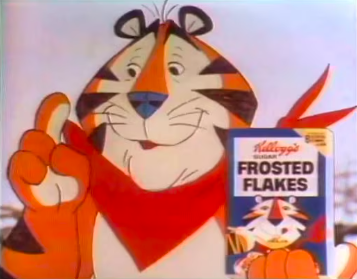
Tony the Tiger, the enthusiastic, scarf-wearing mascot for Kellogg’s Frosted Flakes, has been shouting “They’re Gr-r-reat!” since 1952. His deep, booming voice and muscular, athletic look were designed to convey the energy and strength derived from the cereal. Initially one of several cartoon mascots vying for the public’s attention for the brand, Tony quickly became the favorite. He has since transcended his role as a cereal promoter to become an internationally recognized symbol of a healthy, energetic breakfast, his image instantly connecting with concepts of childhood, fun, and competitive spirit more broadly than the simple box of corn flakes he represents.
9. Bibendum (The Michelin Man)

Widely considered one of the oldest and most famous commercial characters in the world, Bibendum, or the Michelin Man, was introduced in 1894. Created from a stack of tires, his distinct, portly figure has been the symbol for the Michelin tire company for over 130 years. His fame is so immense that many consumers immediately recognize the marshmallow-like figure even if they can’t immediately name the company that manufactures tires. Bibendum has evolved from a silent character to a friendly, helpful figure, becoming an international icon of road safety, travel, and durable quality, far beyond just the rubber products he is made of.
10. The Kool-Aid Man
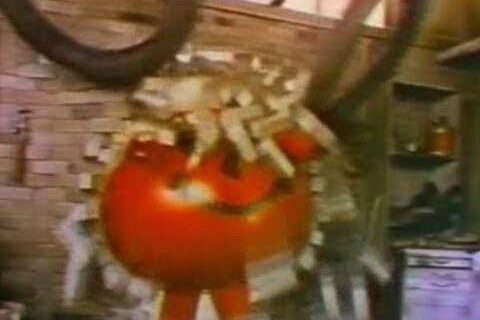
“Oh yeah!” is the battle cry of the Kool-Aid Man, the giant, smiling pitcher of fruit drink who bursts through walls to satisfy a thirst. Introduced in the mid-1950s, the Kool-Aid Man became an instant favorite for his dramatic entrances and friendly demeanor. While Kool-Aid itself is a well-established powdered drink mix, the mascot’s sheer physicality and consistent, destructive arrival has made him a lasting fixture in pop culture, representing a sudden, overwhelming urge for refreshment. His image has been parodied, referenced, and celebrated across media, making him a symbol of childhood energy and impulsive satisfaction.
11. The Aflac Duck
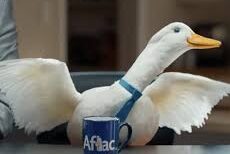
The Aflac Duck first “quacked” his way into commercials in 2000, quickly becoming one of the most successful advertising campaigns of its generation. The duck’s singular focus is to shout the company’s name, “AFLAC,” often in frustratingly inappropriate social situations. This repetitive, humorous premise was incredibly effective, boosting Aflac’s brand recognition from just 11% to over 90% in a few short years. While Aflac provides supplemental insurance, the duck’s distinct, memorable voice and tireless, sometimes exasperated persistence have made him an inescapable and globally famous avian celebrity in the world of marketing.
12. The M&M’s Spokescandies
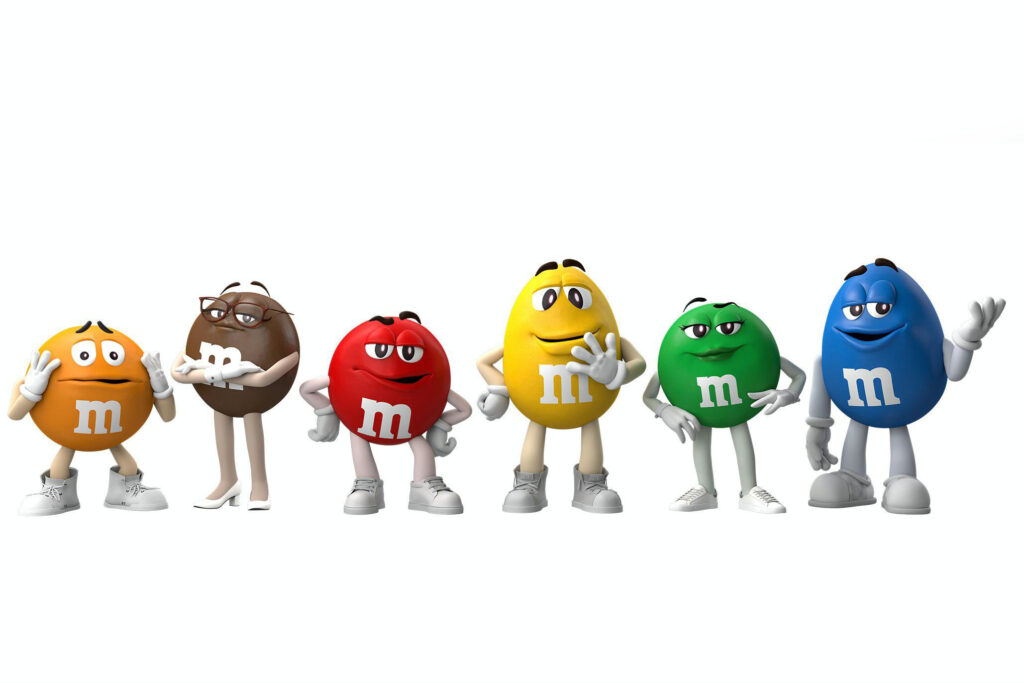
The M&M’s Spokescandies, a group of animated M&M pieces (such as Red, Yellow, Green, and Blue), have been entertaining audiences since the mid-1990s, though M&M’s have been around much longer. With distinct, often humorous personalities and voices, the candies engage in witty banter, showcasing their unique “melting in your mouth, not in your hand” feature. Each character has developed a significant following, often starring in their own mini-narratives that extend beyond the simple chocolate snack. Their collective fame has turned them into a cultural ensemble, with their celebrity arguably outshining the simple milk chocolate product itself.
It’s remarkable how a carefully crafted character can become the ultimate ambassador, carving out a place in our collective memory that is both separate from and greater than the product they promote. These twelve mascots prove that personality, persistence, and a great catchphrase are the true ingredients for commercial immortality.
Like this story? Add your thoughts in the comments, thank you.
This story 12 Commercial Mascots More Famous Than the Brand Now was first published on Daily FETCH


